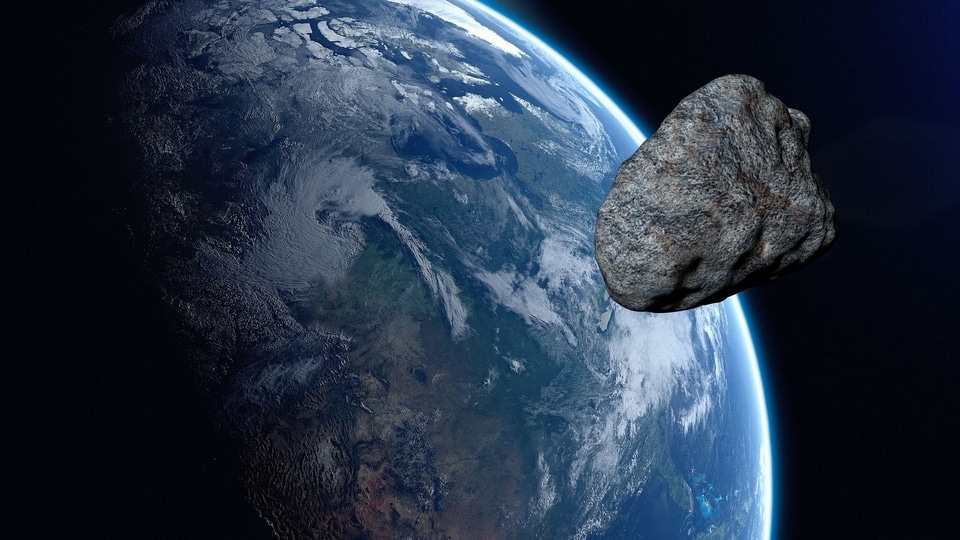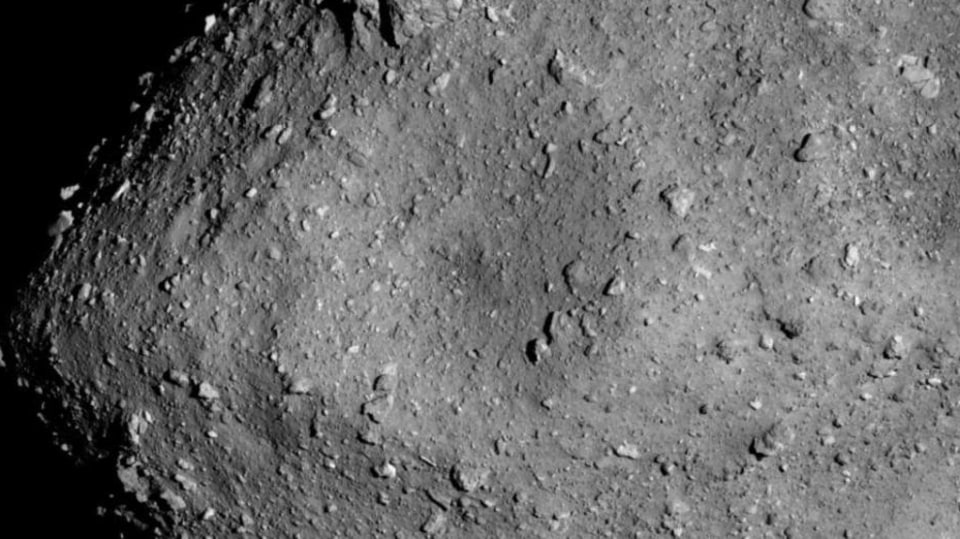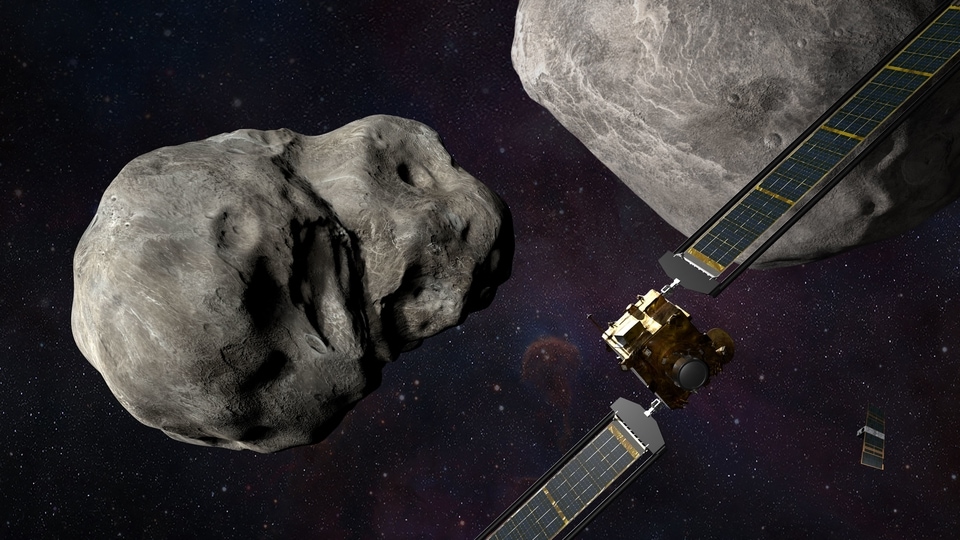Planetary defense: How can the Earth be protected from SCARY asteroid strikes?
Asteroid strikes are a reality that has threatened the existence of humans since the very beginning. But technology allows us some ways to protect the Earth. Know our planetary defense strategy.



_1639115875543_1639115887157.jpg)


 View all Images
View all ImagesIt is undeniable that the potential impact of an asteroid strike ranks among the most significant natural hazards we face. Similar to the event that caused the extinction of the dinosaurs 65 million years ago, a single asteroid collision has the capability to annihilate all life on Earth. NASA acknowledges this risk and therefore carried out its Double Asteroid Redirection Test (DART) in 2022. But that is just one part of a huge network different space agencies are either working on or have built up to protect us from any incoming space rocks.
But before getting into planetary defense, we must understand the threat of asteroids. The Earth is surrounded by asteroids, the majority of which come from the asteroid belt situated between Mars and Jupiter. As per latest data, NASA tracks about 26000 near-Earth objects (NEOs) which can pose a threat to our planet.
However, not all asteroids can destroy life on this planet. NASA states that any asteroid larger than 1 kilometer in size can cause a global catastrophe for the Earth. This means, an asteroid this size can not only cause massive impact damage, but also change the climate severely to cause another ice age to kill the majority of life.
Earth's planetary defense strategy against asteroids
In an effort to identify as many asteroids and comets as feasible, NASA has deployed large telescopes that can survey the skies on a nightly basis. NASA Center for Near Earth Objects Studies (CNEOS) under its Jet Propulsion Laboratory (JPL) handles data coming from all the telescopes by NASA. Similarly, European Space Agency (ESA), JAXA (Japanese space agency) and other institutions worldwide also have deployed either space telescopes or ground-based observatories to look for such asteroids.
But tracking is not enough. What happens when we see an asteroid heading for the Earth? The NASA DART mission answers that question to a certain extent. The test worked on the theory that a spacecraft can push an asteroid out of its orbit (and the Earth's path) to protect us from a collision.
China is also working on a similar solution. The country has planned an asteroid deflection mission in 2026 using the Long March 3B rocket, which will try and deflect an asteroid.
Fragmentation is another strategy which is considered by many astronomers. The method includes sending an impactor to asteroids which are loosely-packed and breaking them apart into smaller pieces that will burn up in the atmosphere.
Finally, nuclear detonation is a method that can be employed for very large asteroids, provided we know about it with enough time. The solution involves sending multiple nuclear warheads to the asteroid and planting them to its surface and then detonating them in a chain reaction to turn them into rubble.
However, researchers are figuring out more efficient ways to protect our planet and luckily, there are no planet-killer asteroids coming for the Earth in the near future.
Catch all the Latest Tech News, Mobile News, Laptop News, Gaming news, Wearables News , How To News, also keep up with us on Whatsapp channel,Twitter, Facebook, Google News, and Instagram. For our latest videos, subscribe to our YouTube channel.





























